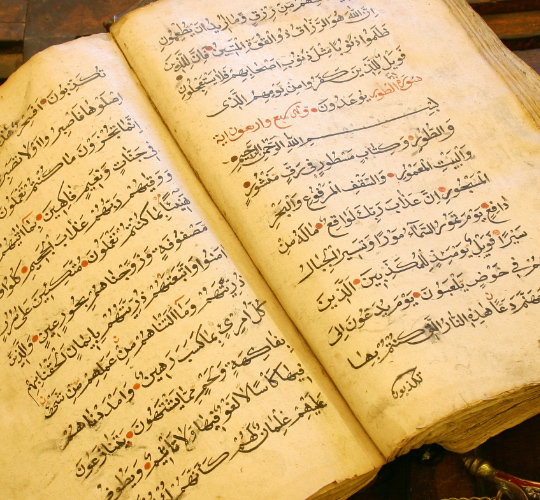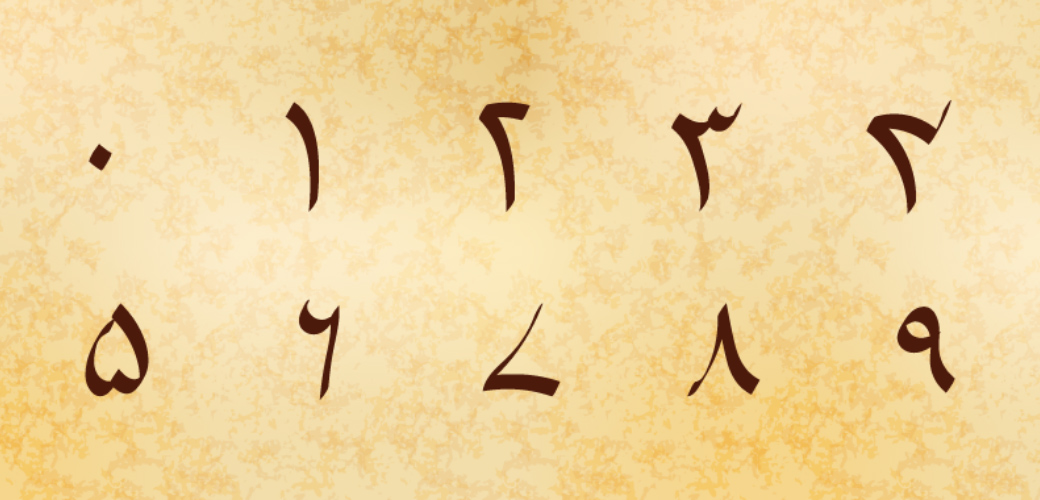ARABIC HISTORY & BACKGROUND
The Arabic language is one of the oldest and most wide spread languages. It is an official language in about 26 countries and the native language for more than 290 million people. It is very rich and highly expressive, and takes its pride from being the language of the Quran, Muslims' holy book.
Countries that widely use Arabic: Algeria, Eritrea, Libya, Saudi Arabia, Iraq, Mauritania, Somalia, Yemen, Morocco, Sudan, Jordan, Oman, Syria, Djibouti, Kuwait, Palestine, Tunisia, Egypt, Lebanon, Qatar, UAE.
WRITTEN ARABIC
For written Arabic, nearly all Arabic speaking countries use the Modern Standard Arabic (MSA) as their official written language. It is the language used in the media, publications, government official papers, etc. except for some local differences that will be explained further in this memo. Originally MSA is derived from the classical Arabic – the language of Quran, but it is the most commonly used language now because, in addition to being formal, it is simpler than classical Arabic.
DIALECTS AND SPOKEN ARABIC
While most of the Arabic speaking citizens can understand each other regardless of dialectal differences, communication can be hard for some other countries as if they are using different languages. For example, Syrians, Palestinians, Saudi Arabians or Egyptians can communicate with each other very well; however, when talking with Moroccans or Algerians, they would feel that the latter’s spoken language is closer to French than to Arabic.
WHAT ARE THE LOCAL DIFFERENCES IN WRITTEN MODERN STANDARD ARABIC (MSA)?
- Calendars. The use of calendars differs from one Arab country to another. Some of the Gulf countries especially Saudi Arabia uses the Hijri Islamic calendar. Other countries like Egypt, Sudan, and Yemen prefer using the Gregorian calendar, whereas other countries like Syria, Palestine, Jordan, Lebanon and Iraq use the Assyrian calendar.
- Numbers. Numbers are used differently in Arab countries. Some countries like to use the Arabic-Indic numerals or Hindi numbers (٠ ١ ٢ ٣ ٤ ٥ ٦ ٧ ٨ ٩). Some Arab countries prefer using the Arabic Numerals (0, 1, 2, 3, 4, 5, 6, 7, 8, 9). Some countries might not have certain rules for using a specific type of numerals; in this case, it is left to the writer to decide which numerical system to use.
- Proper names – Brand & Product Names. Different approaches. Some countries that tend to be more conservative and language sensitive, for example Saudi Arabia, like to translate everything into Arabic. In other countries that are less conservative, like Egypt, Lebanon and the United Arab Emirates, people tend to keep the names in the source language instead of localizing them. For example, the word “mobile phone” will be used in Egypt as “موبايل” which is the transliteration of the English word, but in Saudi Arabia they will use “الجوال” which is the translation of the word.
Dialects in written form.
There is a tendency nowadays to use the colloquial spoken dialects in written forms as well, especially in social media channels and forums. People tend to use it as it is easier and it reflects their daily life style. This is something communication agencies definitely need to consider when transcreating and copywriting.
CHALLENGES FOR TRANSCREATION AND LOCALIZATION
Arabic has long been considered one of the richest and most poetic languages in the world. Where is the balance between maintaining the beauty and tradition of the Arabic language with the need for short, succinct advertising messages? Is the Arabic language being compromised by a new vocabulary being developed under western influences?
WHY IS THERE SO MUCH DISAGREEMENT ABOUT ARABIC?
While some linguists perceive the Arabic language as a prosaic and crossbred language, others view Arabic as a dynamic, living language passing through a normal stage of development. The Arabic language, as used in advertising and marketing today, leads to considerable differences in opinion between advertising professionals, academics who are interested in the purity of the Arabic language and its uses, and even media enthusiasts. Some think that advertising copy should be simple, not restricted and close to modern usage in order to promote products and engage consumers. Others view the Arabic language as underdeveloped and struggling to grow and keep up with other modern languages. Still, many others believe that Arabic should maintain a certain degree of “purity” or tradition in meaning and structure.
CLASSICAL VERSUS COLLOQUIAL ARABIC
Many Arab satellite channels and print media use local dialects in their ads, commercials, and even reports and shows, and this has had a huge effect on the audience. Part of the audience does not accept it, and want to see & read ads with beautiful classical Arabic language, they perceive it as more compelling because the ad itself is elevated by the beauty of the language.
Other creative professionals in some of Dubai’s biggest advertising agencies see the variety of Arabic dialects as a gift; advertising copywriters and translators can handle these language variations with professionalism and creativity to reach local consumers in a more persuasive manner.







